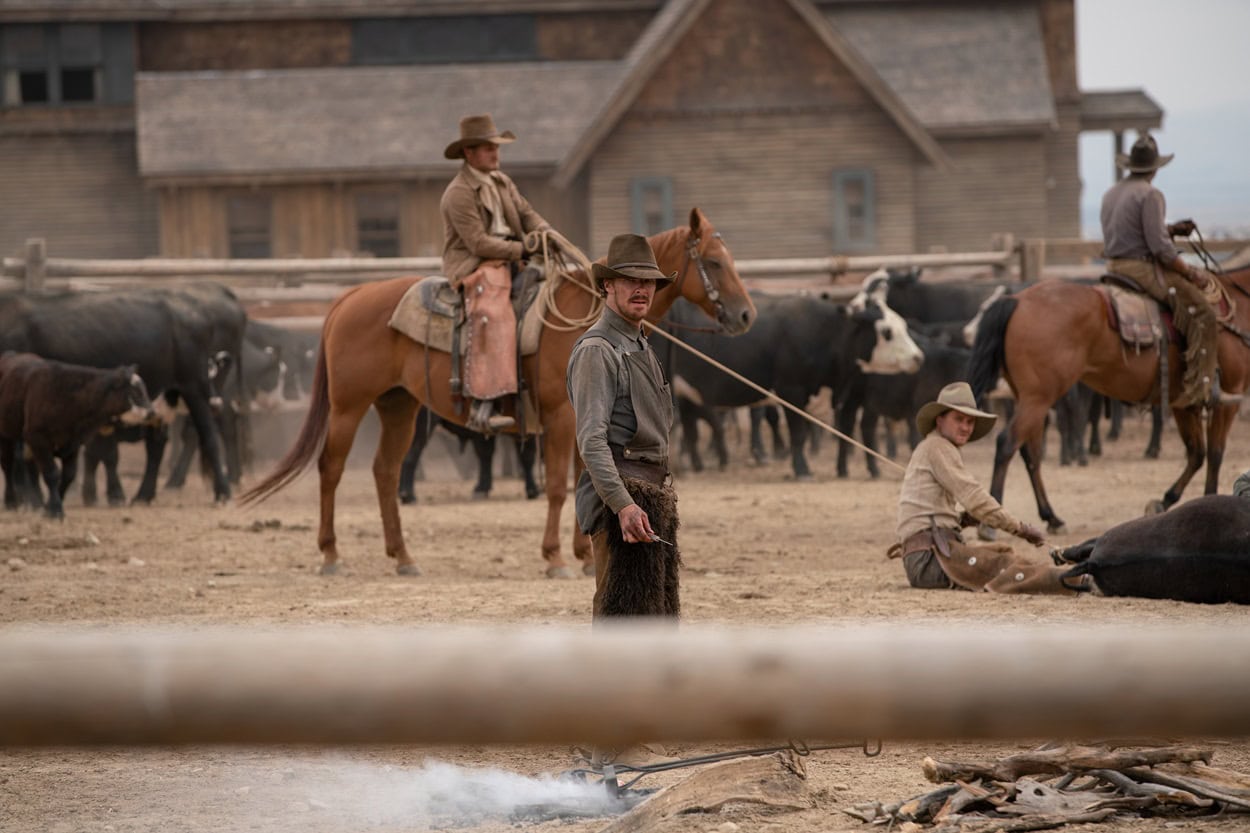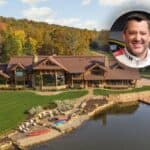The Burbank ranch, a central character in Jane Campion’s acclaimed 2021 film The Power of the Dog, was a masterful creation by Oscar-nominated production designer Grant Major.
Constructed entirely for the film in the vast plains of New Zealand’s South Island, the ranch was meticulously designed to reflect the dark, repressed psyche of its main character, Phil Burbank, played by Benedict Cumberbatch.
Major’s design, which included weathered exteriors and oppressive, dark interiors filled with haunting taxidermy, played a critical role in the film’s psychological depth.
The set was later dismantled, with materials repurposed by local farmers. This detailed and evocative set design earned Grant Major an Oscar nomination, highlighting the significant role of production design in storytelling.
The film itself has been praised as one of the best of 2021, garnering multiple accolades, with the ranch playing a big role in that. So naturally, we wanted to learn more about its location, how it came to be, and what drove the filmmakers to shoot here.
The making of a masterpiece
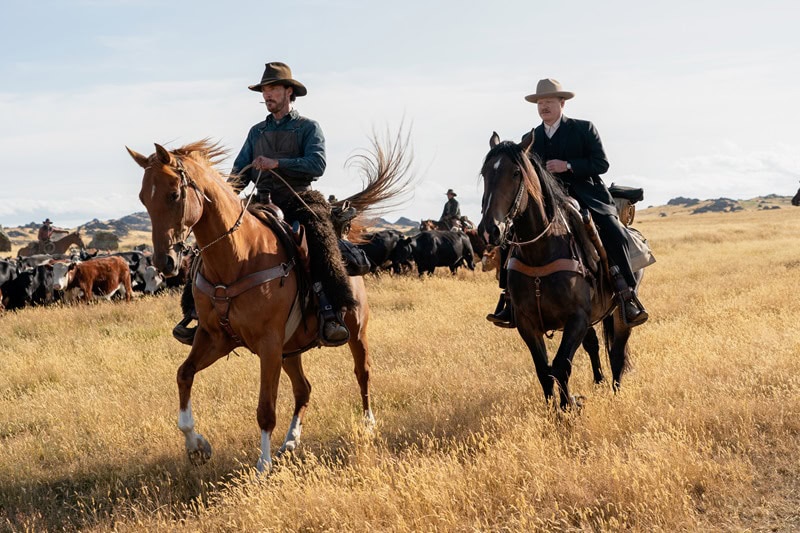
The Power of the Dog is a cinematic jewel that shined at the box office in 2021, with continued success on streaming platforms, thanks to director Jane Campion’s visionary storytelling.
Based on Thomas Savage’s gripping novel, the movie throws stars like Benedict Cumberbatch, Kirsten Dunst, Jesse Plemons, and Kodi Smit-McPhee into the rough terrains of 1920s Montana… except it’s actually New Zealand!
The Burbank Ranch: More than just background
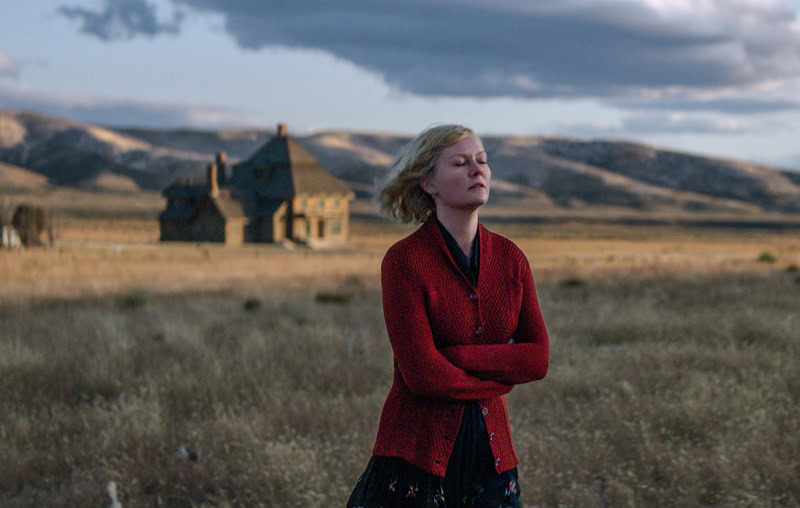
Central to the storyline, the Burbank ranch is a character in its own right.
The sprawling, two-story house sets the stage for a dramatic ballet of emotions between the brothers Phil and George Burbank and the unraveling of their complex lives after George marries Rose, a widow who runs a nearby restaurant.
The tensions and dynamics within this house echo the repressed and stormy inner worlds of its inhabitants, setting a perfect storm for the story to unfold.
The actual location
Though set in Montana, the actual filming took place in the remote, rugged landscapes of New Zealand’s South Island.
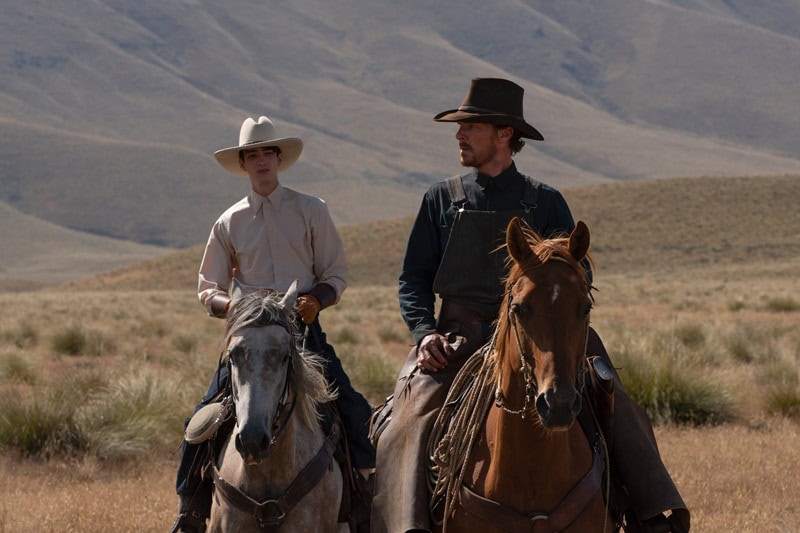
This choice provided the untouched, stark backdrops necessary to believably recreate the 1920s American West.
The transformation involved everything from weathering techniques to make the house look aged, to modifying the verdant New Zealand grass to mimic the dry, sparse fields of Montana.
Shooting took place in the director’s homeland
Campion had initially thought she would make the film in Montana, or somewhere similar in the US or Canada, but when she traveled to the region, it became apparent that the area was overbuilt for the era in which the film takes place. So she had to look for more suitable alternatives.
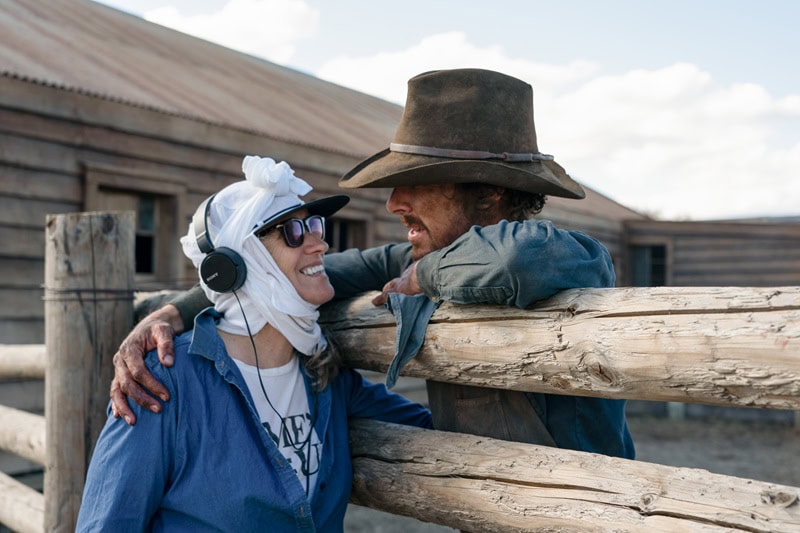
Campion was encouraged to consider New Zealand, her home country, which has an incredibly experienced crew as well as a diversity of landscapes.
“On the second day of sniffing around the South Island, which I know well, I was taken to a property near the Hawkdun Ranges area in Central Otago. I fell in love with it. It’s so remote and it’s 360 degrees empty with an amazing hill range behind it that felt very atmospheric,”
says Campion. “Ultimately, shooting in New Zealand wasn’t a compromise, it was the best choice for us.”
Built from scratch: How the Burbank ranch came to be
Imagine crafting an entire ranch from the ground up in the expansive valleys of New Zealand, detailed enough to transport viewers straight into the old American West.
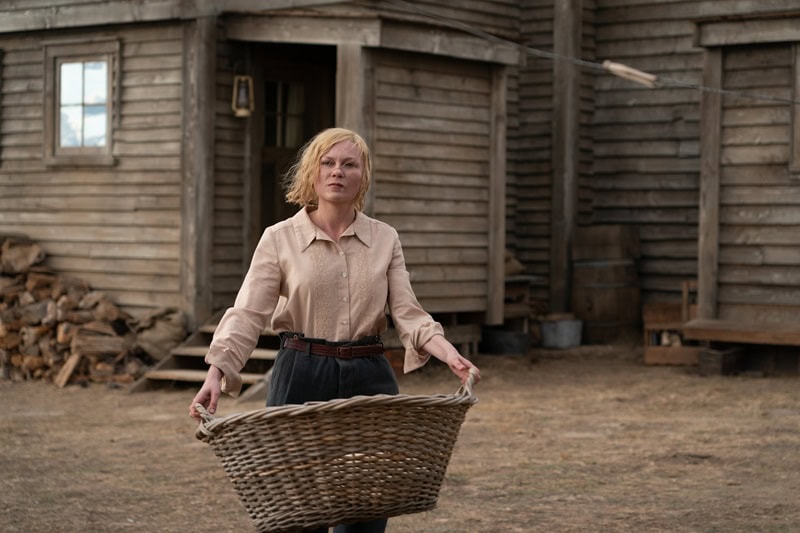
Production designer Grant Major took on this Herculean task, not only building the house but infusing it with a dark, almost oppressive masculinity that mirrors Phil Burbank’s hidden struggles. This wasn’t just construction; it was a form of storytelling all its own.
Campion had previously worked with Major on “An Angel at My Table”. He had gone on to win an Oscar for his work on “The Lord of the Rings: The Return of the King“.
The set built for “The Power of the Dog” was substantial, with both exteriors and interiors of the Burbank ranch and barn shot on location, as well as the Red Mill hotel set where Rose is working when she meets George.
Inspired by Roosevelt’s Sagamore Hill House
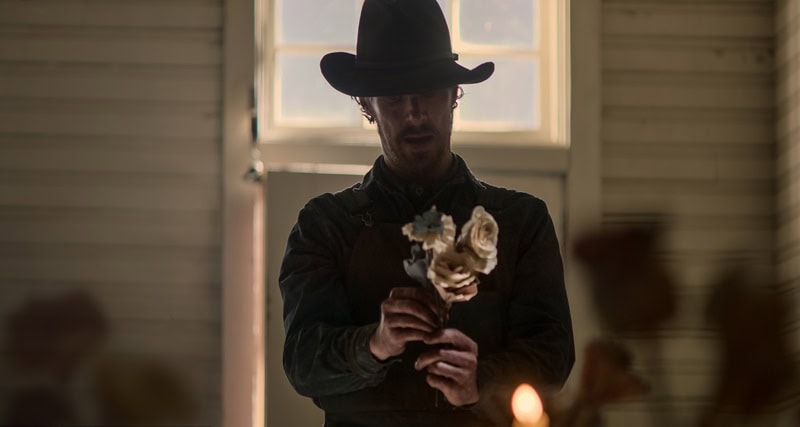
According to Major, “A really key piece was finding our principal location and then settling in the house, barn and Red Mill. The house is central, in my view, to the production design of the film. It’s the iconic family presence that’s on the land. Our notion of the house’s construction period is roughly 1880 to 1885, when the parents came out to Montana from the eastern areas of maybe New York or Chicago and brought with them their ‘high falutin’ city ideas of house aesthetics.”
The design is evocative of the historic Sagamore Hill house, the former home of President Roosevelt.
It was built on an existing ranch called the Hope Hill Farm that came with its own historical shepherd’s cabins and sheep-shearing buildings. New cattle yards were built in addition to the main house.
Crafted to match the storyline perfectly
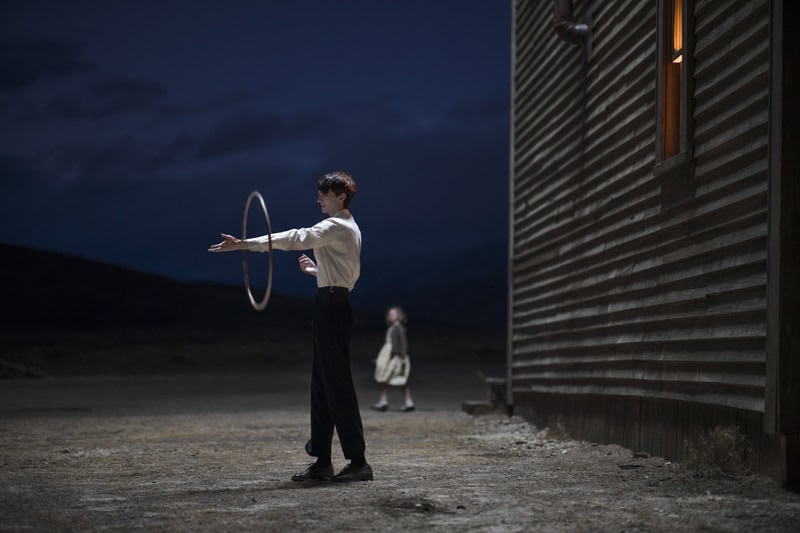
“Grant and his team just did the most amazing job with the house. Our overseas actors — Jesse, Kirsten and Benedict — all said they’ve never seen sets like it. You could totally believe in them,” says Campion.
“Having worked with Grant before, I knew how clever he is as the designer and how brilliant he is at coming up with solutions. He’s a seriously extraordinary New Zealander. He’s like the Edmund Hillary of production design — the shy, quiet achiever.”
See also: Sharon Tate’s house at 10050 Cielo Drive and its sordid past
Inside the dark heart
The interiors were not overlooked in the making of the movie either. Stepping inside the Burbank ranch is like walking into the depths of Phil’s troubled psyche.
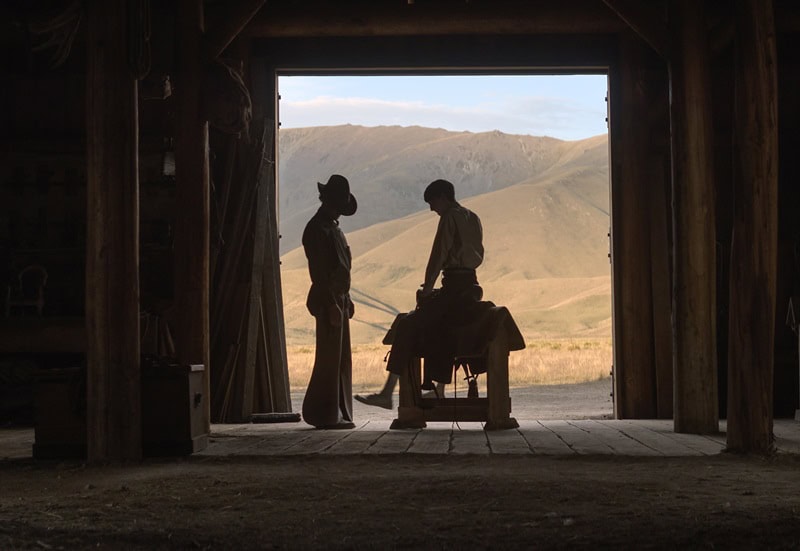
The dark interiors, adorned with haunting taxidermy, reflect the violence and intensity of the character’s hidden lives. Every shadow and dimly lit corner in this house was designed to amplify the brooding, ominous atmosphere that pervades the film.
The interiors of the barn were shot on location in Central Otago, New Zealand, while most of the house interiors were built on sound stages in Auckland.
See also: Hunting for Headland House: The modern coastal mansion from ‘The Invisible Man’
What happened to the ranch once filming wrapped
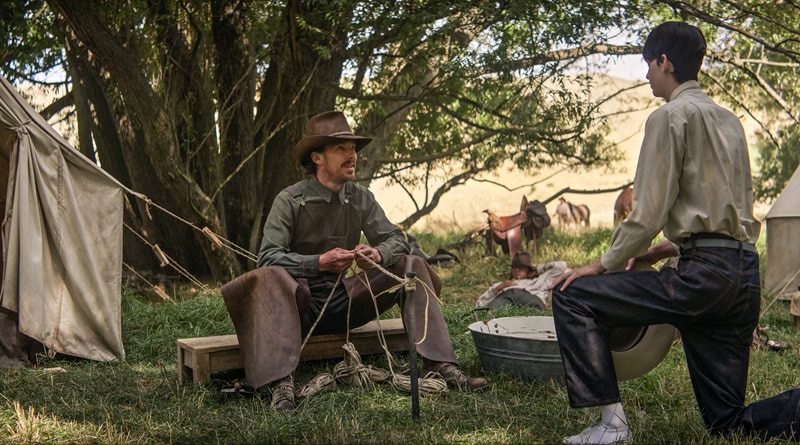
Once the cameras stopped rolling, the magic of the Burbank ranch didn’t just vanish.
The structures used in the film were largely dismantled, and materials were recycled or repurposed by local farmers. A piece of cinematic history now serves practical purposes, like the cowboy bunkhouse turned into a hilltop retreat.
Oscar-worthy design
Grant Major’s meticulous attention to detail didn’t go unnoticed.
His work earned him an Oscar nomination for Best Production Design, a testament to the depth and authenticity he brought to The Power of the Dog. From the weathered exteriors to the psychologically charged interiors, every element of the ranch was crafted to support the film’s intense narrative and character exploration.
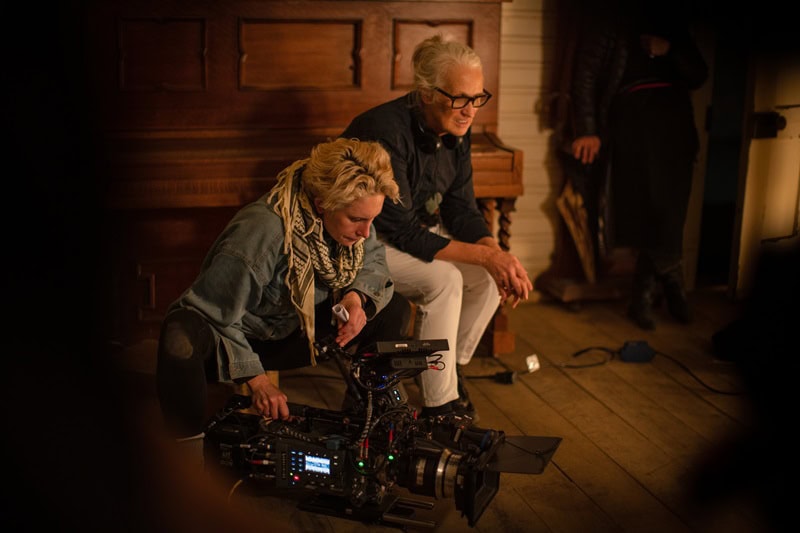
The Power of the Dog ranch may be a product of movie magic, but its impact is undeniably real. Through a blend of meticulous design, strategic location choices, and thoughtful construction, the ranch became a pivotal element of the film, enhancing the storytelling in profound ways.
It stands as a testament to the power of setting in cinema, proving that sometimes, the right backdrop can be just as powerful as the actors in front of it.
More stories
The sleek Parasite house and how it came to be
Solving the case of 221B Baker Street, the ‘real’ home of Sherlock Holmes
Is It Real? Doctor Strange’s Magical Manhattan Townhouse, Sanctum Sanctorum


